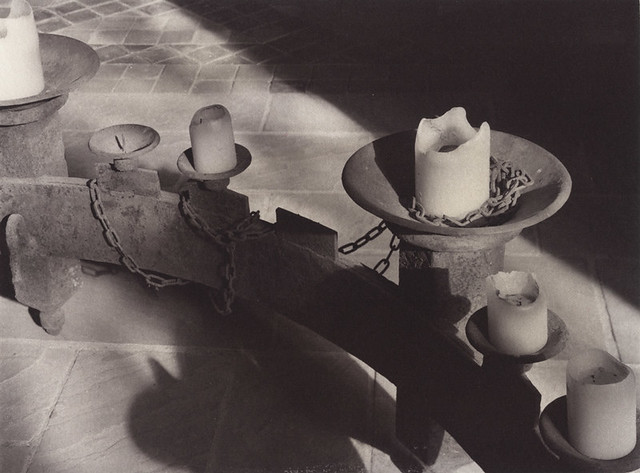Question: I've been playing with gum dichromate printing for a few weeks and have been having some decent success printing on Canson Aquarelle 140lb/300gsm, Strathmore 400 series 140lb/300gsm, and to a lesser extent Arches Aquarelle 140/300. I've been printing on all three without adding any extra sizing.
Today I decided to size my paper with Knox Gelatine (7g/200mL water, hardened with 3mL of glyoxal in the sizing solution - i.e., following Katharine Thayer's method). Well, suddenly my exposure times (using a UV exposure unit that I've been using all along) went from 3-8 minutes to less than 30 seconds in order to get a print that clears the highlights. And yes, somehow, I'm getting the gum in the shadows to harden such that it doesn't come off during development.
My question: is it possible for sizing, of all things, to have such a dramatic effect on exposure time? I mean this is just silly.



 Reply With Quote
Reply With Quote




Bookmarks